In recent days, due to the influence of cold air, the temperature in the province has dropped to 16 - 18 degrees Celsius, in mountainous areas it has dropped below 14 degrees Celsius. To proactively prevent hunger and cold for livestock and poultry, the agricultural sector, localities and breeders are actively implementing solutions to ensure the safety of livestock.

People cover barns to keep cows warm - Photo: LA
Huong Hoa district has a total herd of more than 69,000 cattle and more than 177,500 poultry. In order to minimize the damage caused by severe cold to livestock, farmers in the district have proactively taken measures to keep their livestock warm, such as limiting the free-range grazing of buffalo and cows on days when the temperature drops, and covering their barns. Food sources are also supplemented with enough nutrients, many families have proactively stored straw, hay, and corn biomass for livestock.
Mr. Ho Van Vinh, who lives in Quarter 6, Khe Sanh town, said that his family raises 3 breeding cows. To protect the health of the cows, in recent days when the weather has turned cold, he has proactively covered them with canvas to avoid drafts. Do not release the cattle early when the temperature is still low and there is a lot of fog. At the same time, regularly cut fresh grass and supplement with concentrated feed such as rice bran to improve the health of the cows.
“If the weather continues to get worse and the temperature drops further, I will burn firewood to warm the cows and feed them hot porridge to keep them warm and improve their health,” Vinh added.
According to Le Huu Tuan, Deputy Head of the Department of Agriculture and Rural Development of Huong Hoa district, most livestock farmers are now experienced and proactive in caring for and protecting their livestock when temperatures drop for a long time, such as proactively repairing and covering barns; increasing bedding, and keeping the barn floor dry.
Prepare reserve food sources such as straw, hay, and process agricultural by-products to feed buffalo and cows. Supplement concentrated feed, minerals, and vitamins to increase resistance for GSGC. The district has also directed localities to strengthen propaganda and instruct livestock households not to let buffalo and cows roam freely to prevent hunger and cold and control disease safety.
There are solutions to keep livestock warm such as heating at night and on cold, freezing days when the temperature drops. At the same time, strictly implement epidemic prevention measures such as periodically spraying disinfectants on barns and areas around the barns.
Hai Lang district has a large livestock herd of more than 39,600 cattle and more than 587,400 poultry. At this time, localities and livestock households are also proactively implementing measures to prevent hunger, cold and disease for livestock.
Head of the Hai Lang District Animal Husbandry and Veterinary Station (CN&TY), Tran Quoc Luong, said that the unit has directed veterinary staff at the grassroots level to strengthen inspection and close monitoring of the herd; organize full vaccination of livestock according to regulations.
Provide information on weather conditions and guide livestock farmers on measures to prevent hunger and cold such as: reinforcing and covering barns to ensure adequate warmth; increasing heating for livestock; building brooding pens for piglets to follow their mothers... during extremely cold days.
Reserve straw, hay, and agricultural by-products as feed for buffaloes and cows. Feed pigs and poultry the right portion, ensuring adequate nutrition for each type of livestock; provide enough clean water, supplement with multivitamins, glucose, and digestive enzymes to improve the health of livestock...
Deputy Head of the Department of Industry and Trade Dao Van An noted that it is forecasted that in the coming time, the province will continue to experience many prolonged cold and rainy spells, and temperatures may drop very low, affecting the health of livestock.
To promptly respond to adverse weather situations, especially severe cold, localities need to immediately implement measures to prevent hunger and cold for livestock, especially in highland areas, ethnic minority areas and places where livestock are at high risk of being affected by hunger and cold.
Provide timely information on weather developments so that livestock farmers are aware and not subjective and passive in preventing hunger and cold for livestock. Have plans to support materials and funding for poor livestock farmers, policy households, ethnic minority households, and households affected by recent floods to reinforce and cover barns and buy supplementary feed for livestock.
Direct the People's Committees of communes, wards and towns to vigorously implement vaccination work for GSGC according to the local plan, reaching a rate of over 80% of the total herd. Strengthen inspection, early detection of epidemics, timely handling to prevent the spread and outbreak of epidemics, especially African swine fever.
On the part of livestock farmers, it is necessary to reinforce the barn to ensure protection and avoid direct wind blowing into the barn. Keep the barn floor dry and use bedding made from locally available materials such as straw, rice husks, sawdust or dry rice husks.
Regularly keep the barn clean, on cold days with rain, add more bedding; limit washing the barn for pigs to increase their ability to resist the cold. Use high-power light bulbs to heat the barn or heat the livestock in the barn with rice husks, sawdust, charcoal...
For households that graze cattle in the forest, they must move their livestock to pens or sheltered places with adequate conditions to ensure that the cattle do not get cold. Do not graze or let buffaloes and cows work when there is severe cold.
Actively stock and preserve green roughage, as well as concentrated feed to ensure enough food for livestock during the cold rainy season. Give them warm water to drink, add minerals, vitamins, digestive enzymes, and electrolytes to improve their resistance.
Strictly comply with vaccination to prevent diseases, minimizing economic losses for farmers caused by epidemics. At the same time, perform well the work of cleaning and disinfecting barns; daily monitor the health status of livestock to have effective measures to handle when livestock show abnormal signs due to hunger, cold or epidemics.
Le An
Source






![[Photo] Looking back at the impressive moments of the Vietnamese rescue team in Myanmar](https://vstatic.vietnam.vn/vietnam/resource/IMAGE/2025/4/11/5623ca902a934e19b604c718265249d0)
![[Photo] "Beauties" participate in the parade rehearsal at Bien Hoa airport](https://vstatic.vietnam.vn/vietnam/resource/IMAGE/2025/4/11/155502af3384431e918de0e2e585d13a)








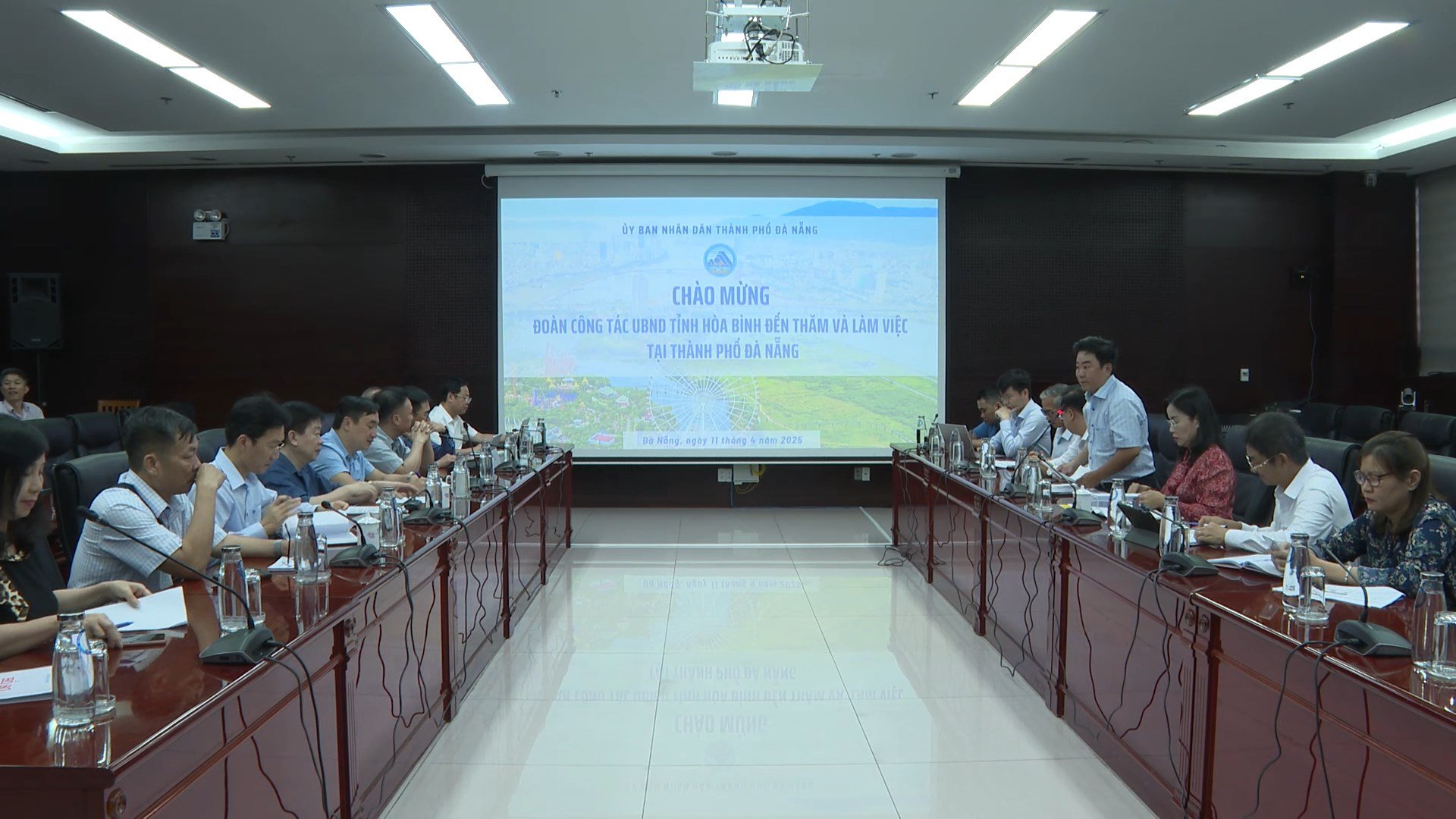

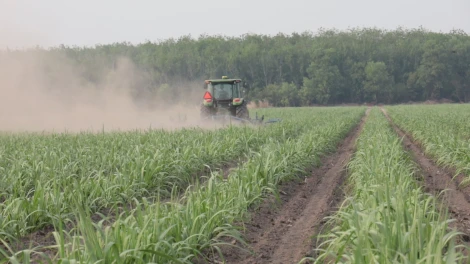
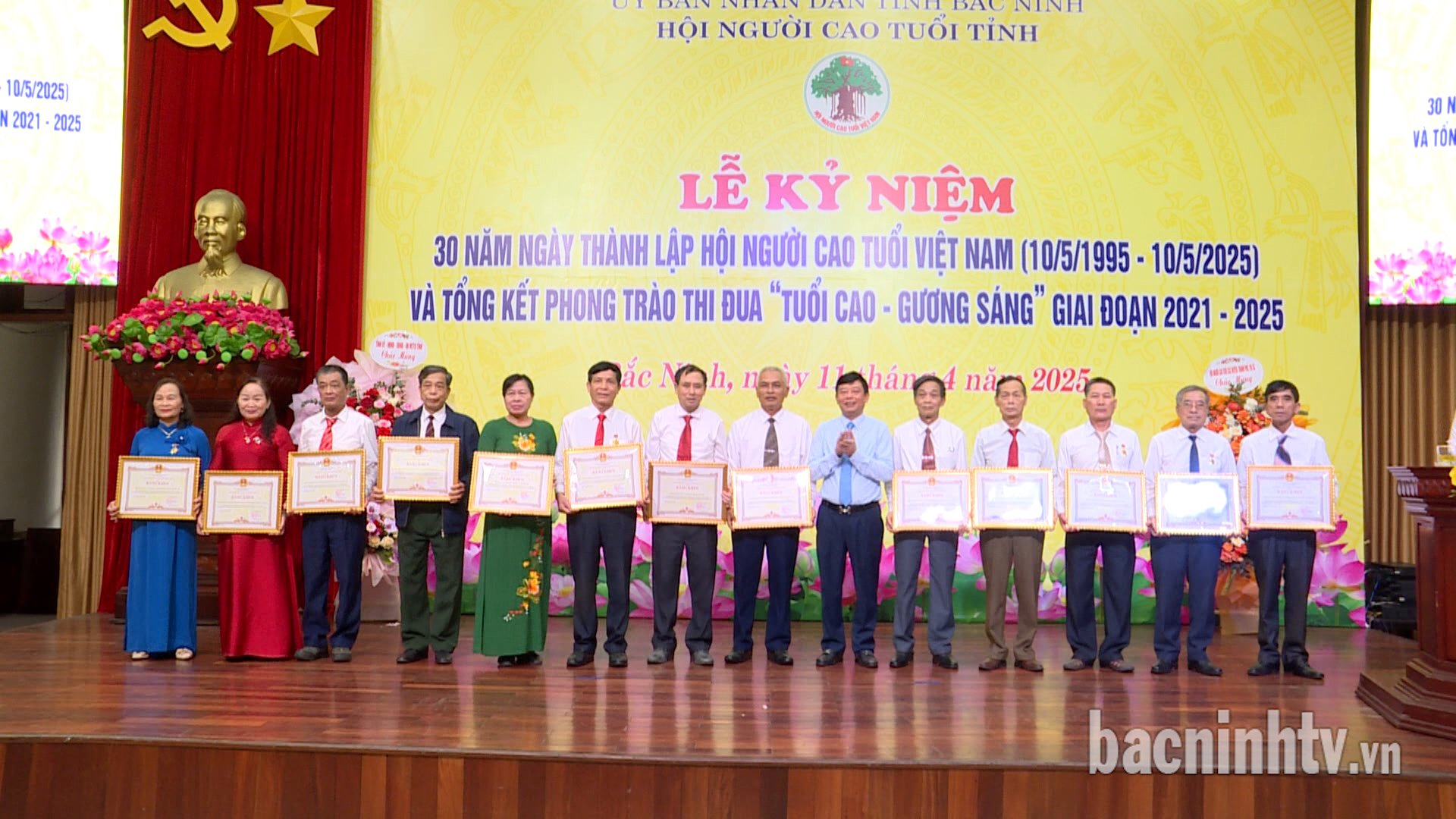



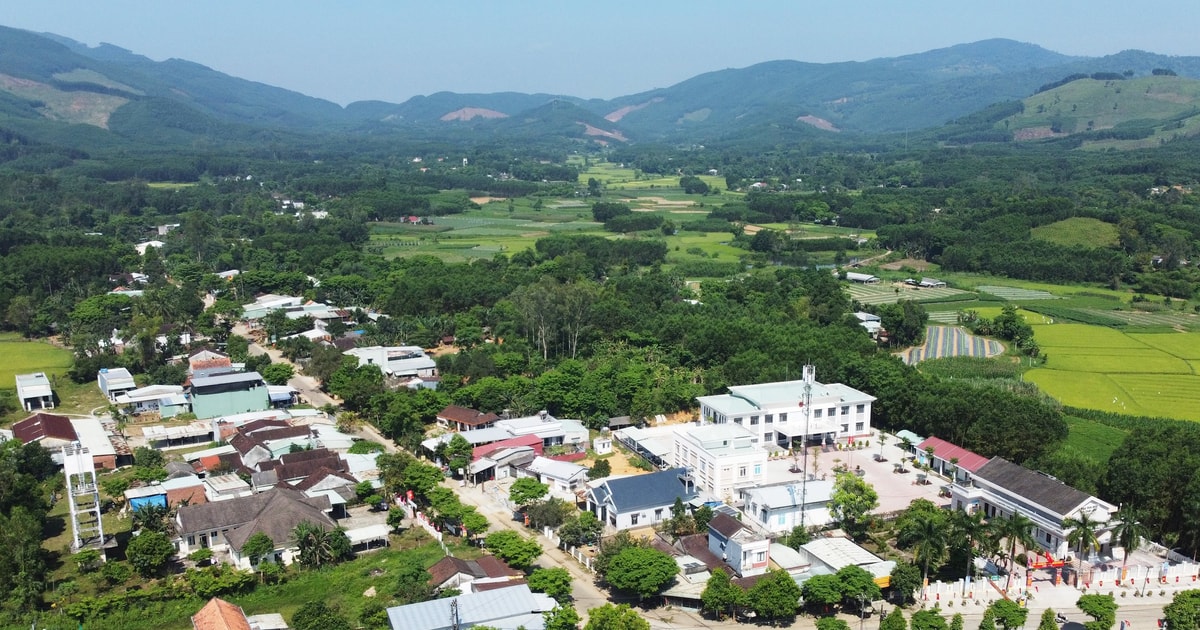





![[Photo] Summary of parade practice in preparation for the April 30th celebration](https://vstatic.vietnam.vn/vietnam/resource/IMAGE/2025/4/11/78cfee0f2cc045b387ff1a4362b5950f)









































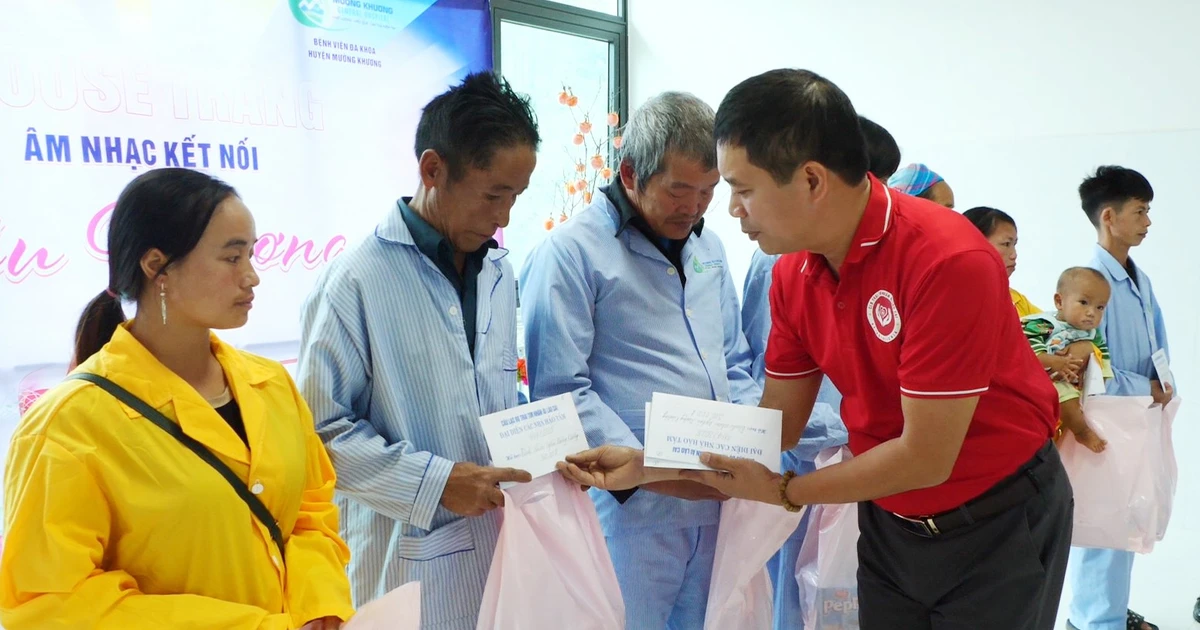

















Comment (0)